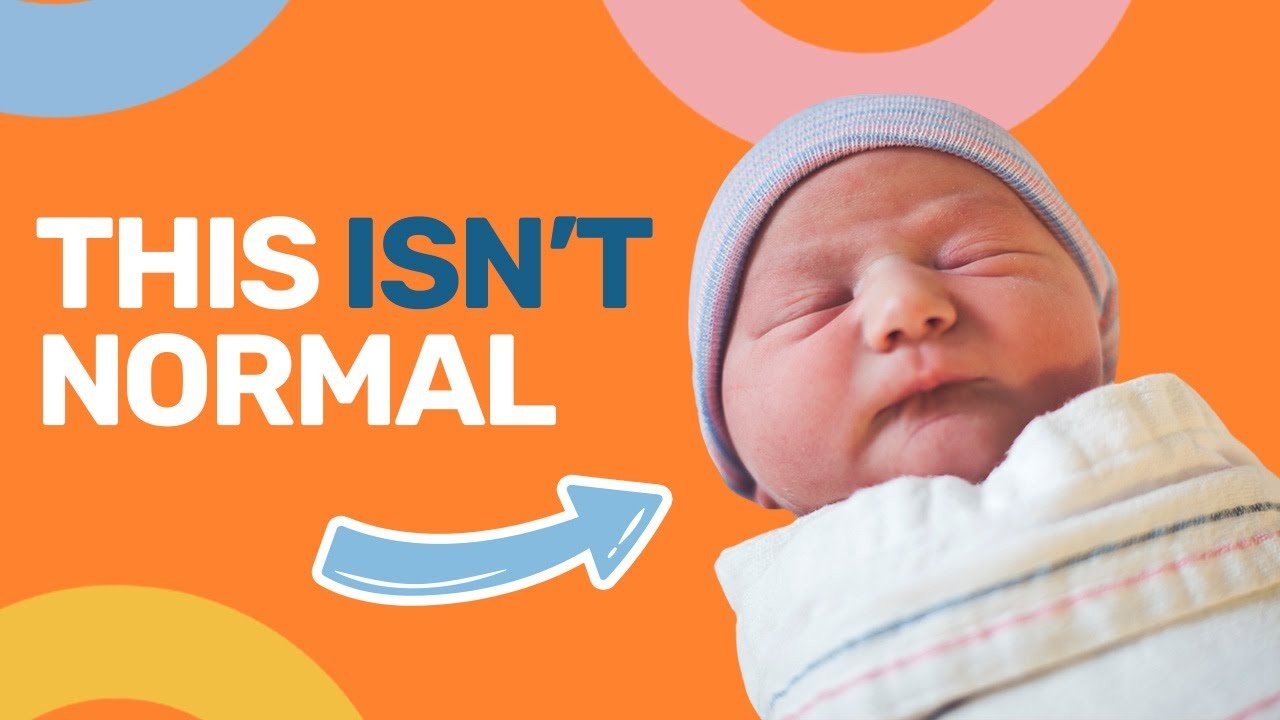Tired of feeling confused and frustrated by your newborn’s sleep behaviors? Look no further! In this article, we’ll discuss the common misconceptions surrounding newborn sleep and how they can disrupt your own sleep patterns. From mistaking sleep sounds and movements as signs of wakefulness to dealing with unpredictable nap times and bedtime routines, we’ll offer insights and tips to help you enhance your newborn’s sleep and create a more peaceful sleep environment. Plus, we’ll introduce some products that can aid in improving your baby’s sleep and ultimately bring you some much-needed relaxation. So, sit back, relax, and get ready to transform your baby’s sleep (and yours) with our helpful advice.
Have you ever wondered why your newborn looks and sounds awake even when they’re actually sleeping? Well, wonder no more! In this article, we’ll explore the fascinating world of newborn sleep, including the unique behaviors that can often confuse parents. From grunting and crying out to smiling and frowning, your baby’s sleep is filled with a symphony of sounds and movements. We’ll help you decipher these behaviors so you can avoid unnecessary interruptions and allow your little one to sleep peacefully. Additionally, we’ll discuss the unpredictable nature of newborn sleep, offering insights into nap timings and wake times. You’ll gain a better understanding of your baby’s sleep routine and learn how to navigate this challenging period with ease. To top it all off, we’ll introduce you to some fantastic products that can enhance your newborn’s sleep environment, providing darkness, cool temperature, and quietness for a restful slumber. So, get ready to unlock the secrets of newborn sleep and embark on a journey towards better sleep for both you and your baby.
Understanding Newborn Sleep
Newborns often display behaviors that can confuse parents and disrupt sleep. For instance, newborns are noisy sleepers and may make a variety of sounds and movements while they are asleep, leading parents to think that they are awake. However, it’s important to note that newborns spend a lot of their sleep time in REM sleep, which is characterized by increased movement and noises. Mistaking these sleep sounds and movements as signs of wakefulness can lead to unnecessary waking and interruptions in your baby’s sleep.
Newborn sleep is also guided by sleep pressure rather than their internal body clock or circadian rhythm. Whereas adults experience fairly predictable sleep patterns due to their circadian rhythm, newborns fall asleep whenever they are tired and wake up when they are hungry, uncomfortable, or no longer tired. This can result in unpredictable nap schedules and varying wake times for newborns. Understanding these factors can help parents manage their expectations and reduce stress around their baby’s sleep patterns.
Naps and Bedtimes
Newborns have unpredictable nap schedules, and the length of their naps can vary greatly from day to day. This unpredictability is due to their sleep pressure, as mentioned earlier. For example, the first nap of the day may last for two hours, while the second nap may only be 20 minutes, followed by another nap shortly after. This variation in nap lengths is normal and can be frustrating for parents who are trying to establish a routine.
In addition to the variability of nap lengths, newborns’ wake times also vary depending on the length of their previous nap. For instance, if your baby just woke up from a three-hour nap, they may need to stay awake for the maximum recommended awake time for newborns, which is around 120 minutes, before they build up enough sleep pressure to fall back to sleep. On the other hand, if they only had a short nap, they may be ready for another nap after being awake for just 45 minutes. It’s important to be flexible with your baby’s nap schedule and not put too much pressure on establishing a strict routine during the early months.
Newborn bedtime is more like a late nap until around three months of age. It’s normal for newborns to have a bedtime around 10 or 11 o’clock at night, rather than the earlier bedtime that is typical for older infants and toddlers. During this stage, it’s also normal for newborns to wake multiple times during the night for feeds, as their small stomachs require frequent nourishment. However, after three months of age, your baby’s bedtime will gradually become earlier, and they will start to have longer stretches of sleep at the start of the night.

Importance of the Sleep Environment
The sleep environment plays a crucial role in helping newborns fall asleep and stay asleep. While the impact of the sleep environment is not significant in the first six weeks of life, it becomes more important after six to eight weeks. At this point, newborns start producing the sleep hormone melatonin in small amounts and become more aware of their surroundings. Creating a sleep-friendly environment can improve your baby’s sleep quality.
Key features of the sleep environment include darkness, cool temperature, and quietness. Darkness helps neutralize the environment and make it easier for your baby to fall asleep and link sleep cycles. It also encourages the production of melatonin, which promotes sleep. The bedroom should be cool, with a room temperature of mid-60s to low 70s Fahrenheit (18 to 21 degrees Celsius), as this is the optimal temperature range for comfortable sleep. Finally, the bedroom should be quiet, as excessive noise can disrupt sleep and cause frequent waking.
Creating the ideal sleep environment for your newborn can be challenging, especially in busy households. However, there are products available that can help you achieve this environment and improve your baby’s ability to fall asleep and stay asleep for longer periods.
Products for Enhancing Newborn Sleep
Several products are designed to enhance newborn sleep and create an ideal sleep environment. Here are some popular options:
Sound machines
Sound machines produce soothing sounds, such as white noise, lullabies, or nature sounds, that can help drown out external noises and create a calming environment for sleep. Sound machines can be particularly beneficial for newborns who are easily disturbed by sudden noises.
Swaddles and sleep sacks
Swaddling is a technique that involves wrapping your baby snugly in a blanket to mimic the feeling of being in the womb. Swaddling can promote better sleep by preventing the startle reflex and providing a sense of security. Sleep sacks are another option that keeps your baby securely wrapped without the need for traditional swaddling.
Blackout curtains
Blackout curtains block out external light and create a dark environment that promotes better sleep. Installing blackout curtains in your baby’s bedroom can help regulate their sleep-wake cycle and improve their ability to fall asleep and stay asleep.
Temperature regulation products
Maintaining the right temperature in your baby’s sleep environment is crucial for optimal sleep. Products such as fans, room thermometers, and portable heaters can help you regulate the temperature according to your baby’s comfort.
White noise machines
White noise machines produce a steady background noise that can help drown out other sounds and create a soothing environment for sleep. The gentle hum of white noise mimics sounds that babies hear in the womb, providing a sense of familiarity and comfort.
It’s important to ensure that the use of these products aligns with the safety guidelines recommended by pediatric experts and manufacturers. Always follow instructions and use products as intended to ensure the safety and well-being of your baby.
Conclusion
Understanding newborn sleep patterns and behaviors can greatly improve your experience as a new parent. By recognizing that certain sleep sounds and movements are normal and not signs of wakefulness, you can avoid unnecessary interruptions and promote better sleep for both you and your baby. Creating an ideal sleep environment, with features such as darkness, cool temperature, and quietness, can also contribute to better sleep quality for your newborn. Additionally, utilizing products such as sound machines, swaddles, blackout curtains, temperature regulation devices, and white noise machines can further enhance your baby’s sleep. Remember that newborn sleep patterns can be unpredictable, but with time and patience, you will gradually establish a more predictable routine.

